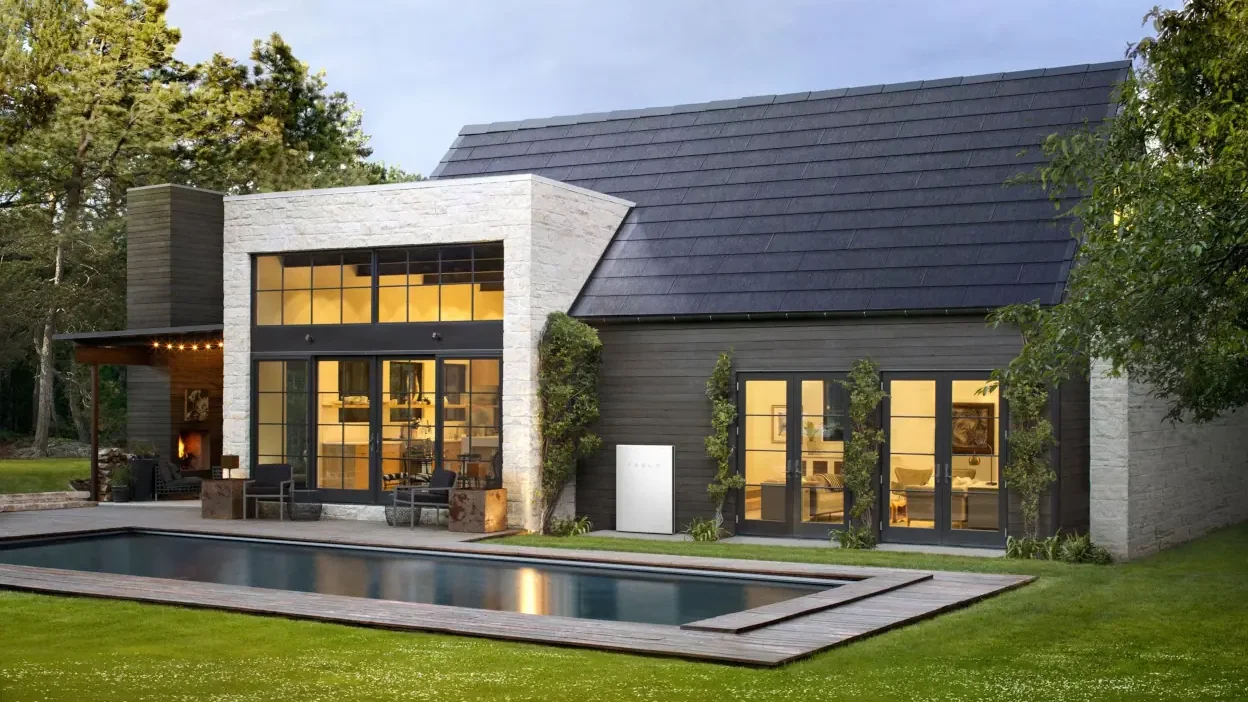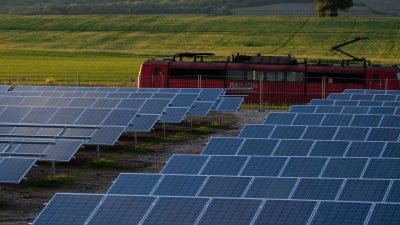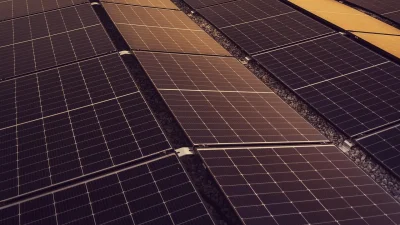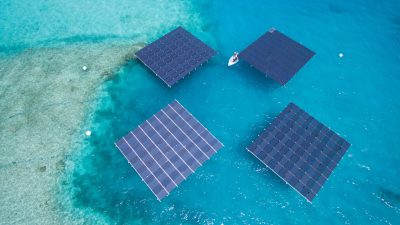As more organizations strive for sustainable practices, commercial buildings are turning to innovative technologies that blend energy efficiency with aesthetic design. Building integrated photovoltaics (BIPV) products represent a breakthrough in renewable energy solutions, allowing property owners to transform architectural surfaces into power generating assets. This guide explores the best BIPV products for commercial buildings, highlighting their unique features, benefits, and how they shape the future of green architecture.
Discover everything you need to know before selecting a BIPV system for your business, from available product types to integration strategies and leading manufacturers worldwide.
Table of Contents
- What is Building Integrated Photovoltaics?
- Benefits of BIPV for Commercial Buildings
- Types of BIPV Products Used in Commercial Buildings
- Top BIPV Manufacturers and Flagship Products
- Key Factors in Choosing BIPV Products
- Integration Examples and Case Studies
- The Future of BIPV in Commercial Architecture
- Conclusion
What is Building Integrated Photovoltaics?
Building integrated photovoltaics (BIPV) refers to solar technologies integrated directly into the building envelope, such as facades, roofs, and windows, instead of being mounted separately. Unlike conventional rooftop panels, BIPV systems serve as both building materials and energy generating devices. This dual function helps architects and developers maintain aesthetic appeal while reducing a structure’s carbon footprint. BIPV products include modules designed for installation as curtain walls, roofing tiles, skylights, canopies, and more.
Benefits of BIPV for Commercial Buildings
BIPV offers a host of advantages for commercial property owners and facility managers. Here are some of the biggest benefits:
- Energy Savings: Generating renewable electricity on site can significantly lower operational energy costs.
- Architectural Flexibility: Modern BIPV products come in various colors, shapes, and transparencies, supporting creative design concepts.
- LEED and Green Certification: Integration with BIPV systems can help projects earn points toward LEED and other sustainability certifications.
- Durability and Protection: Many BIPV materials replace traditional building envelopes, providing weather protection, sound insulation, and UV resistance.
- Increased Property Value: Sustainable buildings with lower operating costs and modern design tend to attract premium tenants and buyers.
- Regulatory Incentives: Government programs often provide tax credits, rebates, and fast tracked permitting for solar embedded projects.
Choosing BIPV is not just about meeting regulations it is a strategic investment in your property’s efficiency and competitiveness.
Types of BIPV Products Used in Commercial Buildings
BIPV solutions have evolved dramatically over the last decade. Today, commercial buildings can choose from a wide range of options that blend seamlessly with diverse architectural styles. Below are the main types of BIPV products used in commercial construction:
1. BIPV Roof Shingles and Tiles
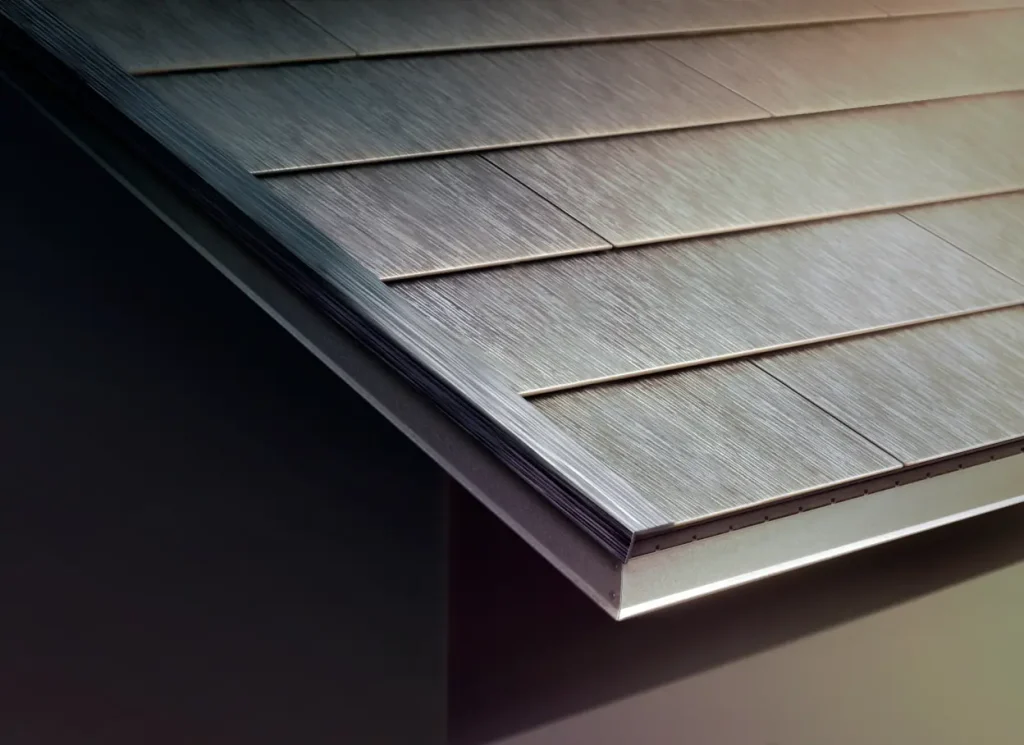
These products substitute standard roofing materials with photovoltaic systems, combining weatherproof protection and solar generation. Key examples include solar roofing tiles, flexible solar membranes for flat roofs, and semi transparent skylight modules.
2. BIPV Facade Panels and Curtain Walls
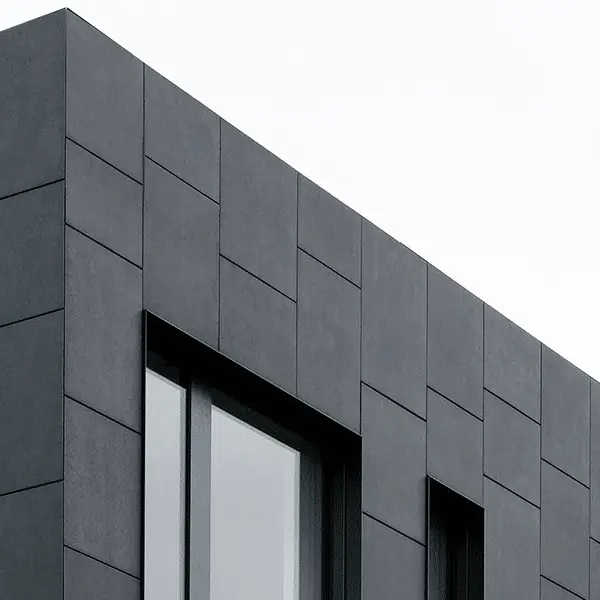
BIPV curtain walls and facade modules are specially designed to replace traditional glass or cladding with energy producing panels. They are ideal for high rise office buildings, retail complexes, and hospitality venues seeking a striking visual statement.
3. Solar Windows and Glazing
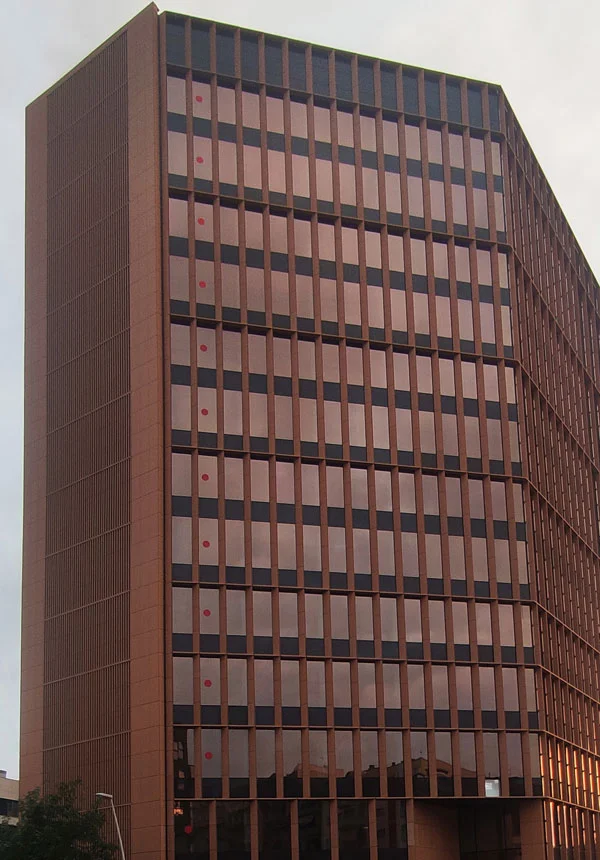
Photovoltaic glass uses advanced transparent solar cells that are embedded within window glazing. These allow natural daylight while generating electricity, making them perfect for atriums, skylights, and south facing windows in sunny climates.
4. Canopies and Sunshades
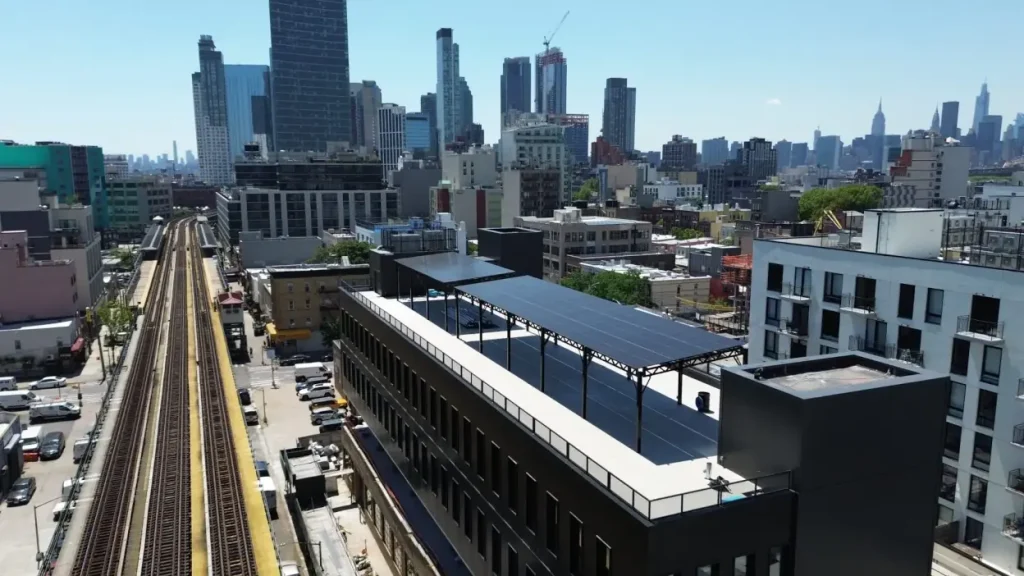
Covered walkways, entrance canopies, and shading devices can all be equipped with BIPV modules. These additions boost occupant comfort and energy output without affecting usable real estate inside the building.
Top BIPV Manufacturers and Flagship Products
Choosing the best BIPV product requires understanding the market’s leading manufacturers and their standout offerings. Here are some industry leaders supplying innovative BIPV solutions for commercial projects:
- Onyx Solar World renowned for architectural photovoltaic glass, Onyx Solar produces customized, energy generating glass for windows, facades, canopies, and skylights. Their products offer variable transparency and color options, allowing for bespoke solar curtain walls.
- Heliatek Specializing in organic solar films, Heliatek creates ultra light, flexible BIPV membranes ideal for retrofitting existing roofs and facades. Their HeliaSol and HeliaGlass lines are praised for easy installation and unobtrusive integration.
- Ertex Solar As one of Europe’s top BIPV specialists, Ertex Solar develops custom grid pattern PV glass solutions for use in curtain walls and semi transparent roofing panels. Their high customization levels suit complex commercial needs.
- SunPower SunPower offers complete BIPV roof systems for commercial buildings using their high efficiency Maxeon solar cell technology, known for robust warranties and power output.
- AGC Glass Collaborating with Panasonic, AGC delivers Sunju BIPV glass for smart facades, blending thermal insulation, daylighting, and renewable power.
- Tesla Solar Roof While best known for residential sectors, Tesla’s solar roof tiles are also suitable for some commercial applications, offering an elegant seamless look with high output.
Each of these companies provides technical support and custom engineering, helping architects integrate BIPV solutions that meet both design and performance objectives. Always request samples and refer to their technical datasheets to match your building’s unique requirements.
Key Factors in Choosing BIPV Products
Selecting the right BIPV solution for a commercial project requires careful consideration of multiple variables. Here are the top factors property developers should evaluate:
- Performance and Efficiency: Compare products based on their module efficiency, annual power yield, and performance in specific climate zones.
- Transparency and Aesthetics: For visible applications like windows and facades, choose BIPV modules offering compatible glass tints, color options, or desired transparency levels.
- Durability and Certifications: Confirm that chosen modules carry appropriate certifications (UL, IEC, etc) and are rated for wind load, impact resistance, and fire safety.
- Integration Compatibility: Consult with structural engineers and architects to ensure the system integrates with current building materials and design parameters.
- Warranty and Support: Investigate product warranty terms, access to technical support, and the manufacturer’s track record for reliability.
- Cost and Return on Investment: While BIPV systems often involve higher upfront costs than standard PV, the additional value in aesthetics, insulation, and space saving can make projects cost effective over their lifespan.
Engage with technical consultants early in the planning stage to identify any local code requirements or integration challenges in your jurisdiction.
Integration Examples and Case Studies
The best way to appreciate BIPV’s impact is to see it in action. Here are a few notable examples of commercial buildings that have successfully implemented BIPV solutions:
1. Swatch Group Headquarters, Switzerland
This headquarters features a curved facade composed of custom photovoltaic glass elements by Ertex Solar. The integration yields a net positive energy building, helping the company achieve its ambitious sustainability targets.
2. The Walt Disney Company Headquarters, California
The Walt Disney Company Headquarters in California showcases BIPV integration through its solar window installations, supplied by Onyx Solar. These installations not only generate clean electricity but also provide enhanced daylighting and improve the energy efficiency of interior spaces. The glass modules blend seamlessly with the building’s creative architecture, highlighting how renewable energy can reinforce brand values while maintaining design integrity.
3. Copenhagen International School, Denmark
Another outstanding example comes from the Copenhagen International School, which boasts a BIPV facade consisting of more than 12,000 custom solar panels. These panels were designed in varying shades of blue by SolarLab for both energy production and artistic impact. The BIPV system supplies nearly half of the building’s annual electricity needs and demonstrates the scalability and versatility of BIPV in educational and institutional settings.
4. University of Queensland, Australia
The University of Queensland’s Global Change Institute incorporates BIPV glass into its ventilated facade, maximizing solar energy harvest while enhancing thermal performance. The building functions as a living laboratory, where real time monitoring showcases the effectiveness and longevity of BIPV integration in subtropical climates.
-
Takeaways from Real World Projects:
- BIPV can be tailored for highly specific color, transparency, and layout preferences.
- Significant operational cost reductions are achievable with well planned BIPV installations.
- BIPV systems are suitable for both new builds and retrofits on existing commercial structures.
- Early collaboration between manufacturers, architects, and engineers delivers superior results.
The Future of BIPV in Commercial Architecture
BIPV technology continues to evolve at a rapid pace, driven by growing demand for green buildings, advances in solar cell design, and stricter building codes. As efficiency ratings climb and product offerings broaden, more commercial developers are expected to include BIPV as a standard feature rather than an afterthought.
Emerging trends shaping the future of BIPV in the commercial sector include:
- Integration with Smart Building Systems: New BIPV products are being designed to work smoothly with building automation and energy management platforms, optimizing consumption and storage while supporting grid stability.
- Enhanced Customization: Manufacturers are now offering more customizable options for color, shape, and transparency, enabling BIPV to blend with historic architecture, branded facades, and creative design projects.
- Hybrid BIPV Materials: The integration of solar with insulated panels, green roofs, and electrochromic glass is unlocking new functional combinations that maximize both energy efficiency and occupant comfort.
- Declining Costs: As production scales and installation methods improve, the cost premium for BIPV is expected to shrink, tipping the economic argument in its favor for many commercial projects.
- Urban Policy and Mandates: Cities like New York, London, and Shanghai are introducing net zero and solar requirements for large buildings, which further drive market adoption of BIPV systems.
With these trends, BIPV will continue transforming city skylines and commercial real estate for decades to come.
Conclusion
Building integrated photovoltaics offer a unique opportunity for commercial buildings to join the renewable energy transition while maintaining high design standards. From high performance curtain walls and energy generating glass to seamless solar roofing tiles, BIPV products are unlocking new solutions for businesses looking to optimize their energy posture, meet sustainability mandates, and stand out architecturally.
Choosing the right BIPV system requires thoughtful planning, partnership with reputable manufacturers, and an understanding of local codes and climate. By learning from successful projects around the globe, organizations can make informed decisions that lead to long term resilience and value.
As the commercial construction sector embraces clean energy, BIPV is set to become a cornerstone of high performing and sustainable buildings for years to come.


